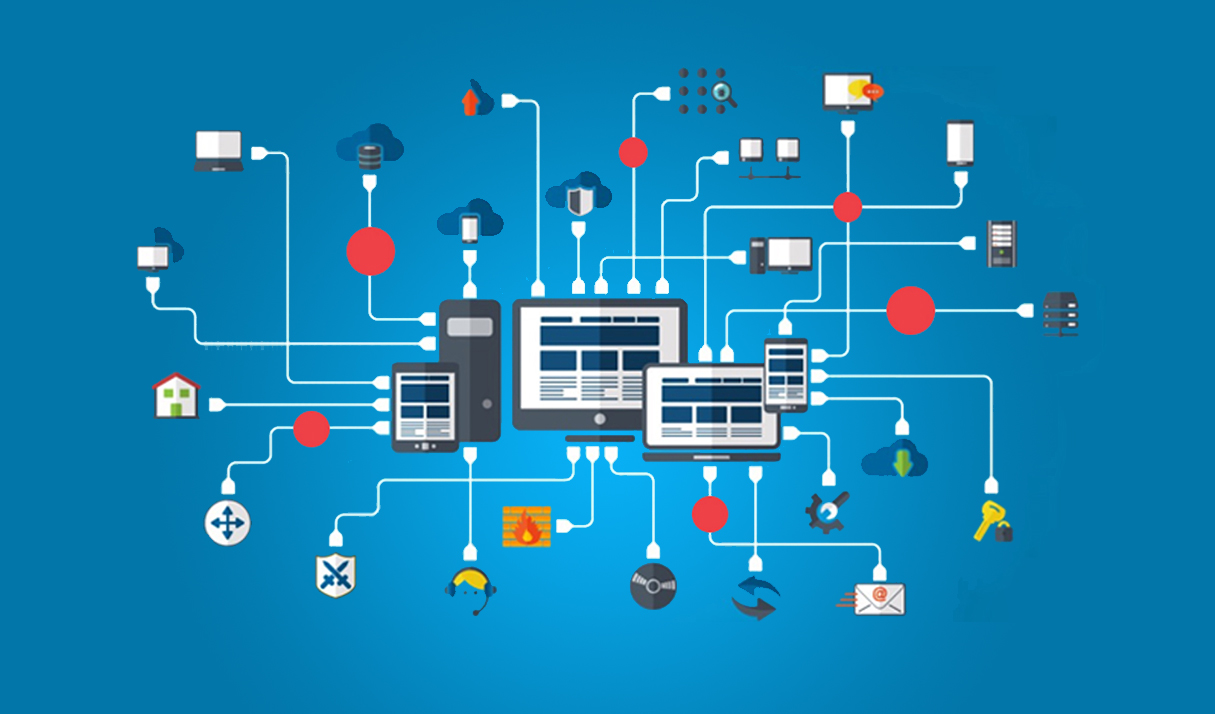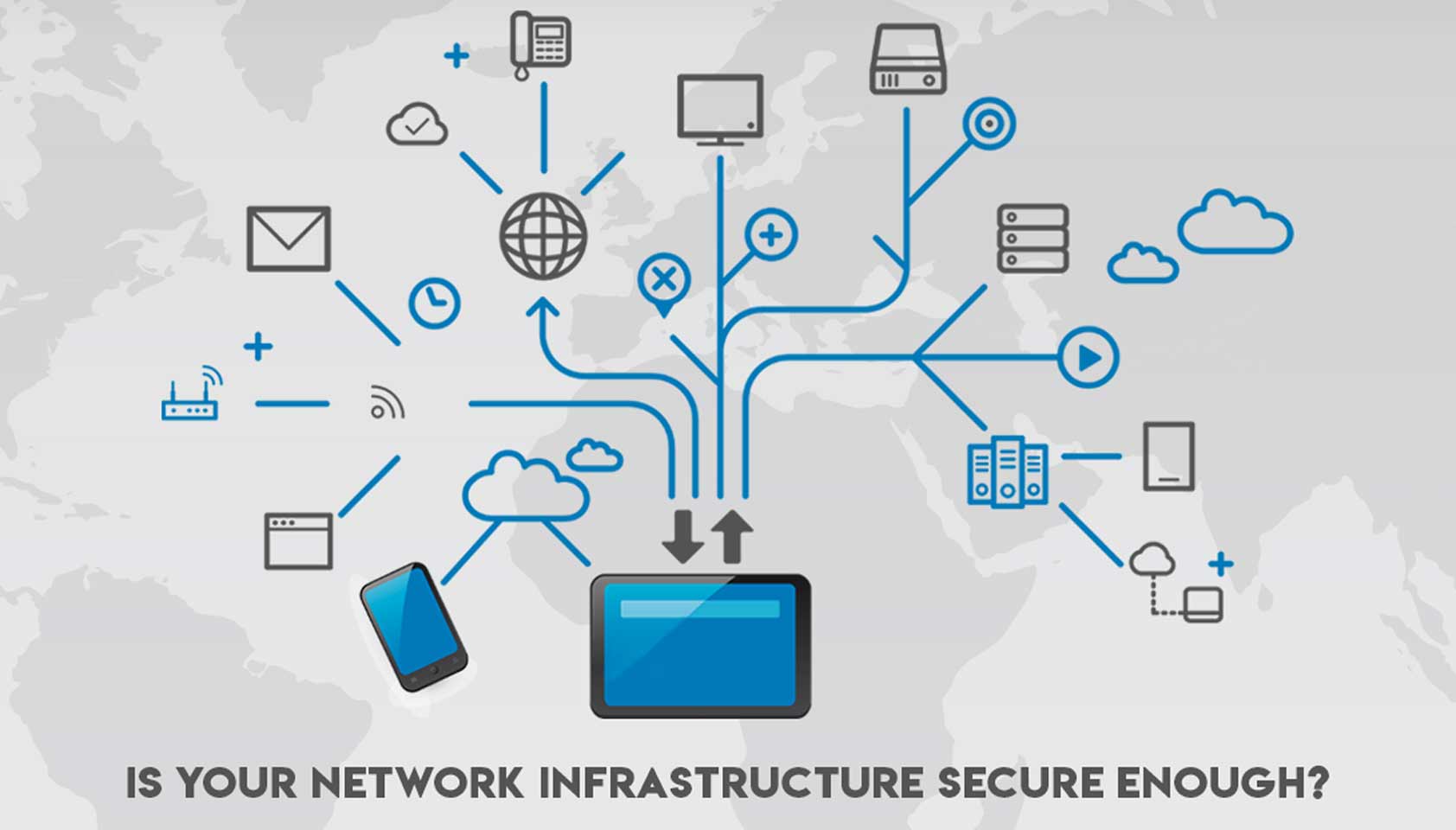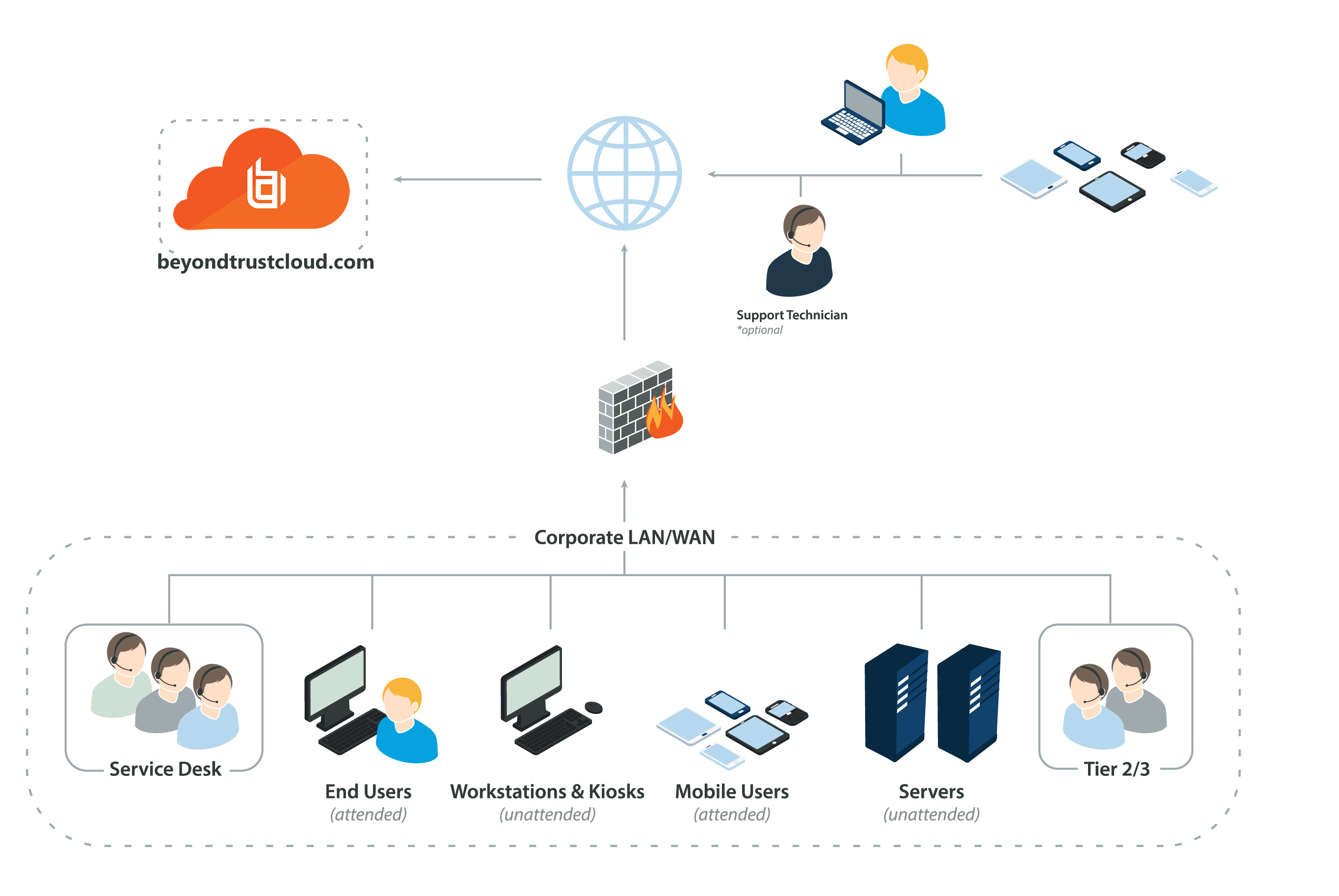Network infrastructure connects devices together, either through wired or wireless means, using an
access point such as a router. But it’s also the hardware and software that enable network connectivity,
communication, operations and management of a network.
The primary components of a network infrastructure are typically broken down into three categories:
Hardware: Cables, wireless routers, LAN cards, switches, routers, and more.
Software: Network security applications, firewalls, operating systems, network management, network
operations, and more.
Services: IP addressing, wireless protocols, satellite, DSL, T-1 Line, and more.
Efficiency. Creating a secure network infrastructure minimizes downtime and ensures that productivity
remains as consistent as possible.
Scalability. A solid network infrastructure supports the growth of your business without having to redesign
your network.
Cost-effectiveness. The costs of network will be consistent, and you will experience fewer network
disruptions.
Security. It enhances security and protection from annoyances like spam, malware and viruses, while also
keeping your data safe and secure.
Reach. Network infrastructure enables your employees to be connected to your network, From any
location.
 On Track Link
On Track Link



